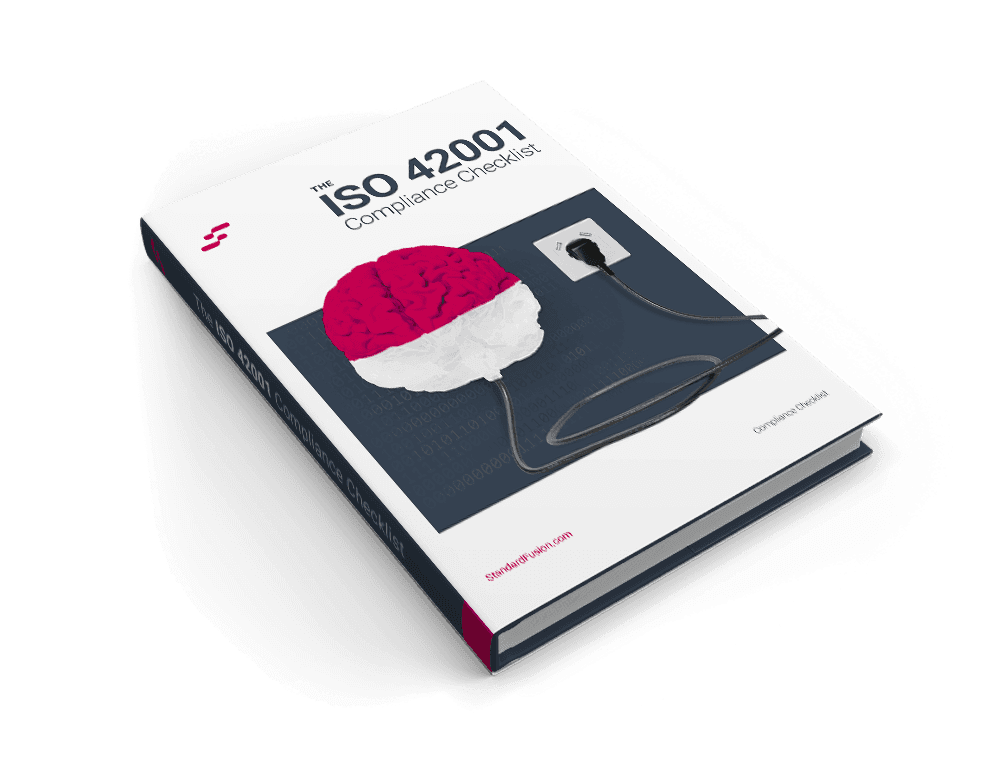Published on: Feb 14, 2020
System Security Plan: Why It's essential to FedRAMP Compliance
FedRAMP (Federal Risk Authorization Management Program) is a US government-wide approach to the security assessment, authorization and monitoring for cloud service providers (CSPs). CSPs are organizations that provide infrastructure, network, or business services on the cloud. Some of the popular CSPs (or their products) include Microsoft Azure, Google Cloud Platform, AWS (Amazon Web Services), VMware, and Red Hat. In order to provide their services to the US government, CSPs must be FedRAMP compliant, following a standardized process including the creation of the System Security Plan (SSP).
What Is FedRAMP's SSP Report?
The SSP report is the first report in the list of required materials for the FedRAMP Security Package. The SSP report is one of the most detailed reports and describes the security controls a CSP has implemented. For each control, the plan must show:
Documents, processes, devices, or any other deployed solutions.
The responsibilities assigned to government customer and CSPs pertaining to the SSP implementation.
Dates and times of implementation.
How and why the solution addresses various controls.
Why Is It Hard to Create the SSP Report?
The System Security Plan has been a tough nut to crack right from the onset. According to a 2013 study, out of the 80 cloud providers that attempted to earn a FedRAMP certification, half of them were not prepared for the compliance process. Even today, CSP's struggle with the SSP report's comprehensiveness: the baseline template is over 350 pages requiring detailed descriptions for each of the provider's controls.
FedRAMP was designed so that once a CSP is compliant and listed on the FedRAMP Marketplace, Agencies can simply review the existing authorization package and grant an ATO (Agency Authority to operate) for their organization to use the service, instead of repeating the compliance process.
What Are Benefits of the SSP Report?
Creating the SSP report does not only help you with the sale of cloud products and services in the federal landscape, but it also builds your credibility and authenticity in the industry as a company that follows strict regulations when it comes to cloud security. Here is why the FedRAMP SSP report is crucial for CSPs:
Proves Credibility
The FedRAMP SSP report is incredibly thorough, and the evaluation is extensive. A 4 step process: it begins with the creation and review of the CSP's System Security Plan, followed by the development and assessment of the Security Assessment Plan (SAP). Next is the Authorization process where the Security Assessment Report (SAR) is evaluated and tested by the CSP's Agency partner who would grant them an ATO (agency authority to operate). Finally, the FedRAMP PMO would present the CSP with FedRAMP authorization. Completing such a meticulous process assures government agencies your offerings are secure and compliant to FedRAMPs stringent requirements. Fortunately, this credibility goes beyond FedRAMP and can cover other overlapping frameworks, such as NIST 800-53.
Click here for a full breakdown of the authorization process
Employ Cutting Edge Technology
FedRAMP requirements on using relevant technology are stringent to say the least. The goal here is to remove out of date, unsupported and potential insecure hardware. Updating hardware has many other positives including increased security visibility, productivity and enhanced system integrations.
Provides Visibility
In creating such a comprehensive document, the SSP report yields an overview of your controls and can expose previously unknown vulnerabilities. Highlighting the strengths and weaknesses, the SSP report provides CSP's with visibility into their security program, so companies immediately know where they need to improve in order to be FedRAMP compliant.
Improves Communication
Having a documented incident management and communication plan is an important part of FedRAMP and required to be documented in the SSP reports. During a security incident, a loss of even a minute can be extremely dangerous. Having the right information reach the right team, at the right time, can make all the difference when making critical decisions.
How Companies Can Automate?
SSP documentation is time-consuming. Manually creating the SSP report is inefficient at best. Instead, we suggest leveraging technology and automating as much of the report creation process as possible. Keep in mind that there is a lot of copy/pasting and editing in SSP, so an automated tool can turn out to be highly productive. GRC software solutions are on the forefront of this type of automation. Which makes sense as they already allow you to document and manage your security controls and processes. Being able to generate reports such as the SSP is the logical next step. Automate the planning, reporting, and execution of activities related to cloud assessment, all in one platform.
Furthermore, the FedRAMP PMO (Program Management Office) plans to release tooling to reduce expenses and enhance the quality of a security review. GRC tools are poised to benefit from this again as the next wave of automation opportunities appear.
In an emerging marketplace there is a big push for GRC tools to include automation and the SSP report is just the beginning.







